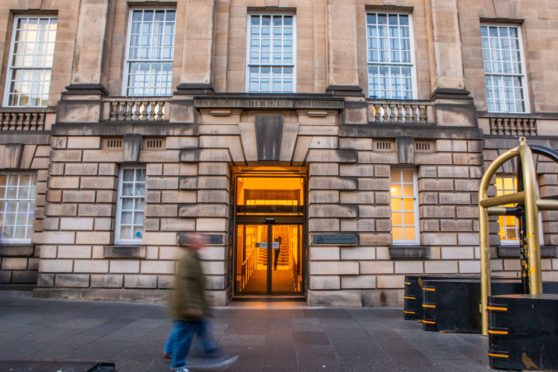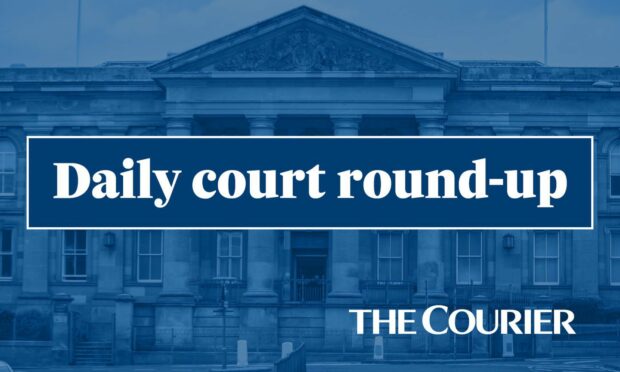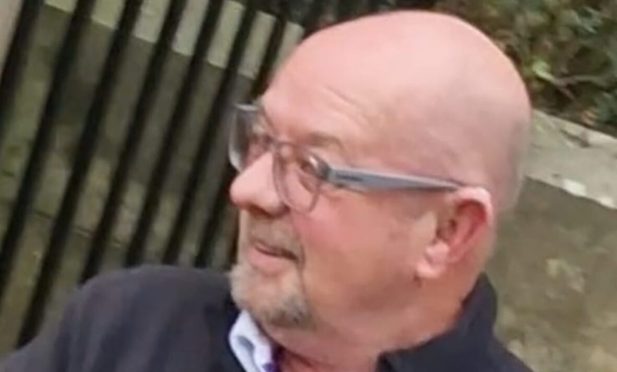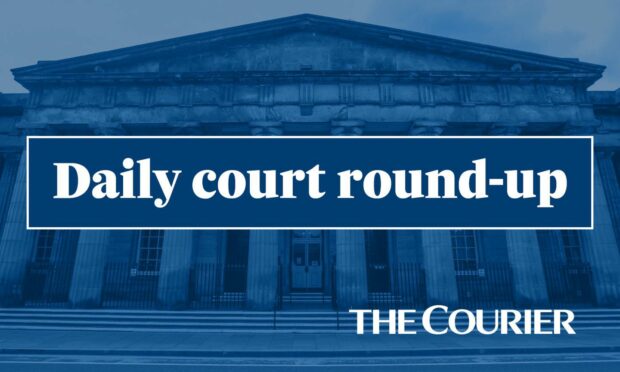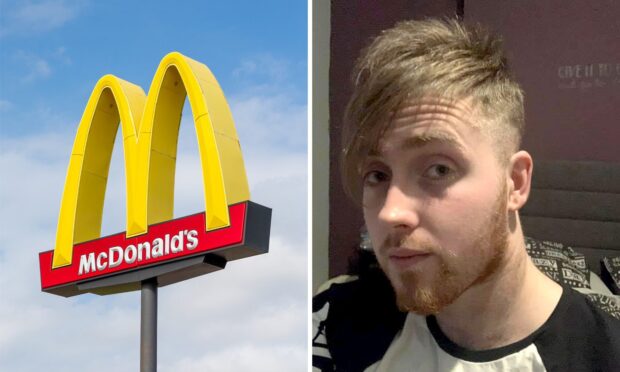A computer storage device belonging to Fife terror accused Sam Imrie contained extreme pornographic images of dead girls, a court has heard.
Police found a series of photographs displaying sexual acts on a USB stick belonging to the 24-year-old and which was taken from his home in Glenrothes.
The High Court in Edinburgh also heard how photographs were also found on the USB stick of dead women with missing body parts.
Police cybercrime expert Robert Steer told jurors on Monday that the images appeared to have been taken in mortuaries located outside the UK.
Giving evidence for the second day, Mr Steer said that police found a folder on the USB stick which was called ‘Dead Girl Pics’.
Missing body parts
Mr Steer told prosecution lawyer Lisa Gillespie QC that the folder contained 78 images.
He said: “It contained 78 files of images of females with parts of their anatomy missing including their breasts and in some instances their heads.”
Mr Steer also told Ms Gillespie that some of the images displayed sex acts being performed on the body.
‘Only user’ of USB stick
The evidence emerged on the sixth day of proceedings against Imrie, of Glenrothes, who denies terrorism and other charges.
At the start of proceedings last week, jurors were read a statement of evidence which prosecutors and Imrie’s defence team agree as being established.
The jurors were told that Imrie was the “owner” and “only user” of the USB stick.
On Monday, Mr Steer told the court that the images found on the USB stick can be found on the Internet.
He added: “You have people out there who look for this type of material. There’s a subculture called ‘gore’. The pictures appear to be taken in mortuaries from outside of the UK.”
The court also heard that images found on Imrie’s devices contained images of people being “decapitated” and “skinned” by people.
Ms Gillespie asked Mr Steer: “Were some of the images of people being killed?”
Mr Steer replied: “Yes.”
Cartoon child abuse images
Mr Steer said searches of other IT devices owned by Imrie found cartoon images of children being sexually abused. These images were found in a folder called ‘forced Loli’. Mr Steer said this was a reference to Lolita.
He said the images were recently classed as illegal in England but the law in Scotland hadn’t been updated.
The court also heard that images showing ‘child sexual exploitation’ images were found on an iPhone belonging to Imrie.
The allegations
Imrie, who denies all nine charges against him, is accused of publishing or causing another person to publish statements, images and video footage on Facebook and internet platform Telegram glorifying terrorist acts committed by Tarrant and Breivik.
He is accused of posting statements on Telegram indicating he planned to stream live footage of “an incident” and posting statements suggesting he was going to carry out an attack on the Fife Islamic Centre.
Prosecutors allege Imrie collected information likely to be useful to a person committing or preparing an act of terrorism between June 20 and July 4 2019.
prosecutors claim that Imrie possessed a quantity of ‘Nazi, neo-Nazi, anti-Muslim, anti-Semitic and other racist’ texts, audio files and texts which ‘glorified terrorism’.
He is said to have driven to the Fife Islamic Centre in Poplar Road, Glenrothes where he ‘carried out observations’ whilst in possession of a can of petrol. It is said that he later posted images of the place of worship to instant messaging website Telegram.
It’s claimed that he was planning to attack Fife Islamic Centre and was planning to “live stream” an incident.
It is also alleged that Imrie then went to St Drostan’s cemetery at Markinch, Fife, and set fire to a property there.
Imrie denies nine charges. As well as those relating to the materials and online posts said to have breached the Terrorism Act 2006, he also faces charges concerning child pornography, possessing ‘extreme’ pornographic material and being found ‘unfit to drive through drink or drugs’ in July 2019.
Imrie has pleaded not guilty to all charges.
The trial, before judge Lord Mulholland, continues.
